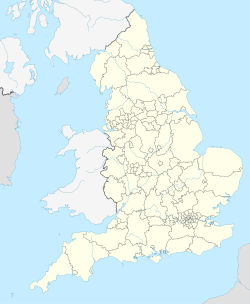 The long barrow in 2009 | |
| Location | England, United Kingdom |
|---|---|
| Coordinates | 50°40′54″N2°35′22″W / 50.68161°N 2.58946°W |
| Type | Long barrow |
| History | |
| Material | Stone |
| Founded | c. 2900 BC |
| Site notes | |
| Official name | The Grey Mare and her Colts |
| Designated | 1922 [1] |
| Reference no. | 450303 [2] |
| grid reference SY584870 | |
The Grey Mare and her Colts is a megalithic chambered long barrow located near Abbotsbury in Dorset, England. It was built during the Early and Middle Neolithic periods (3400-2400 BC). The tomb was partially excavated in the early nineteenth century, and was found to contain human bones and several pottery fragments.

